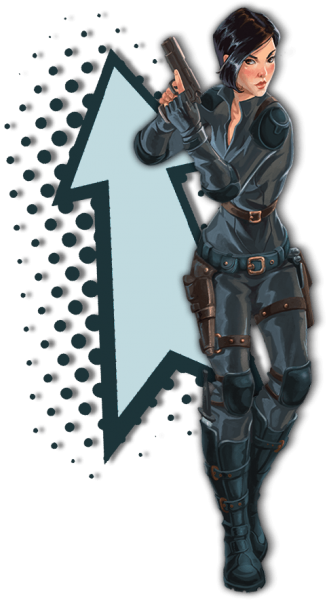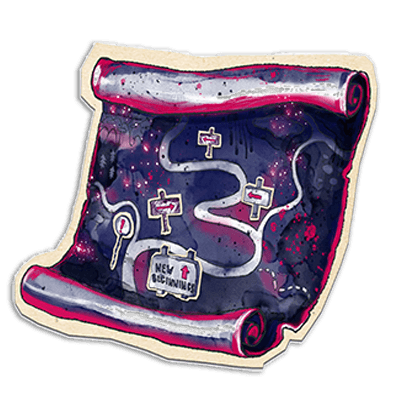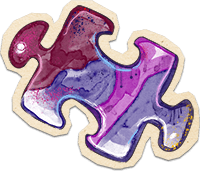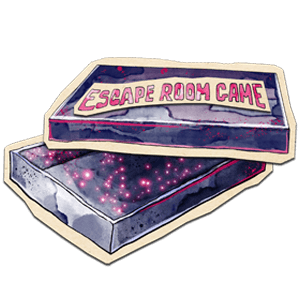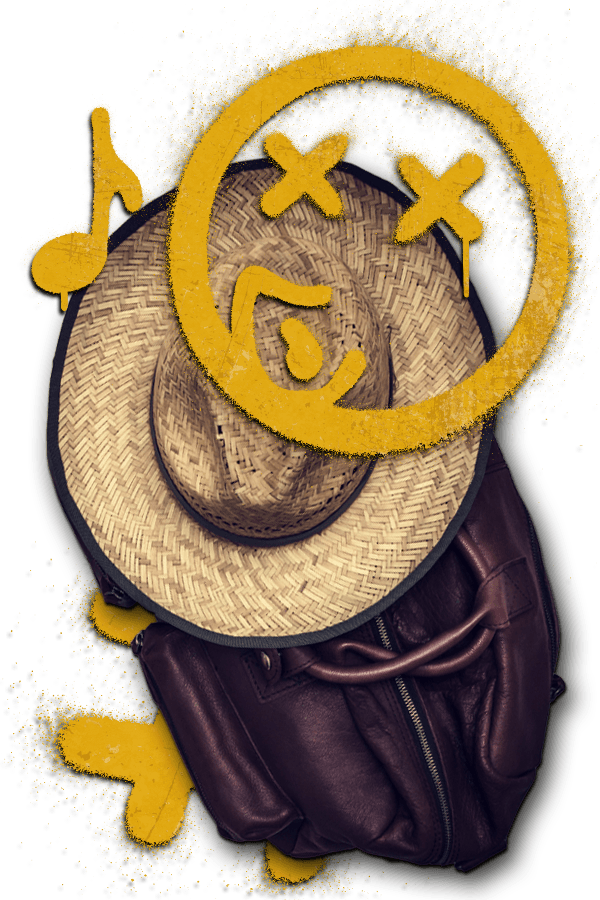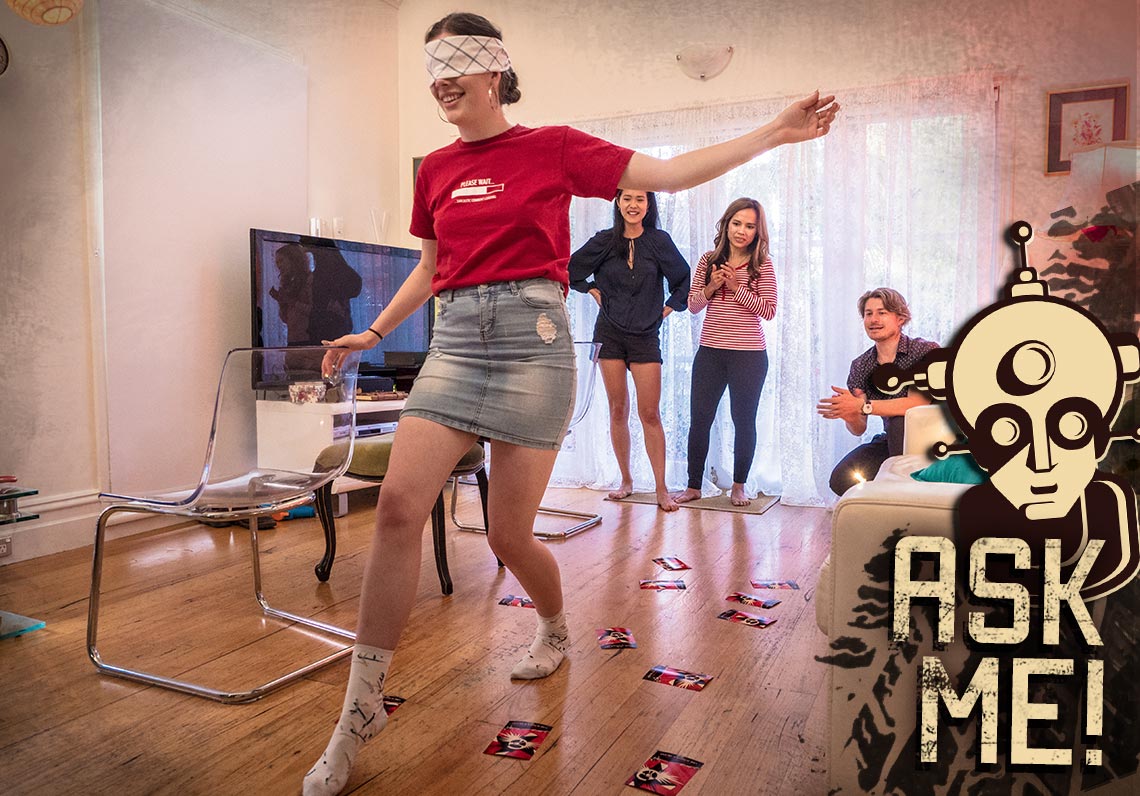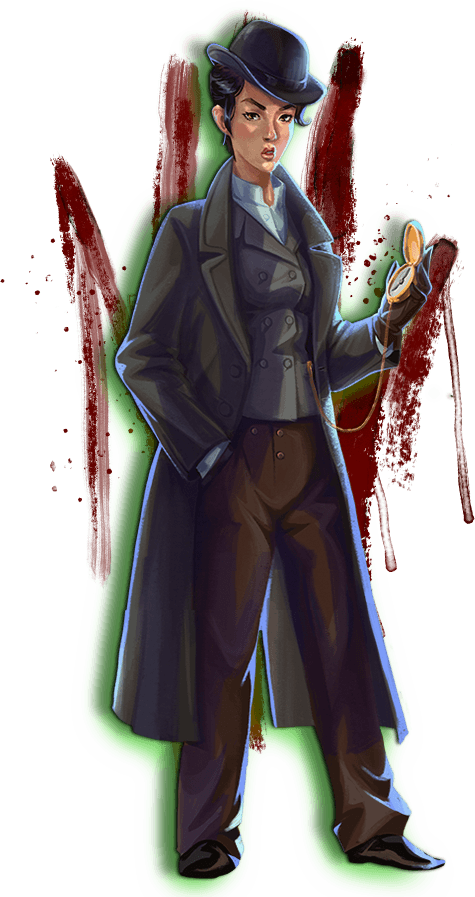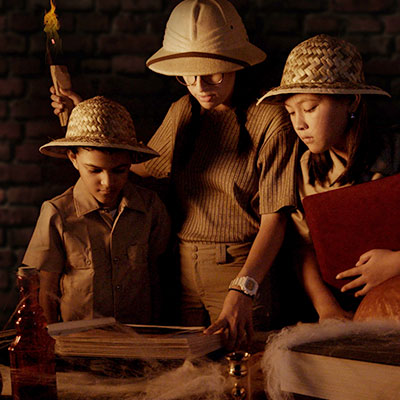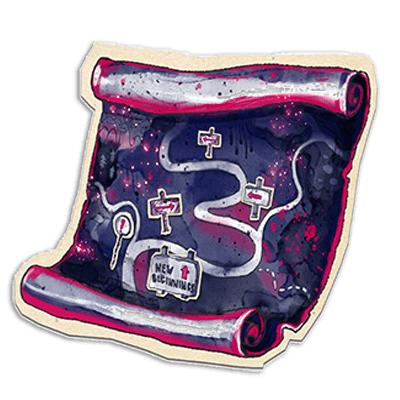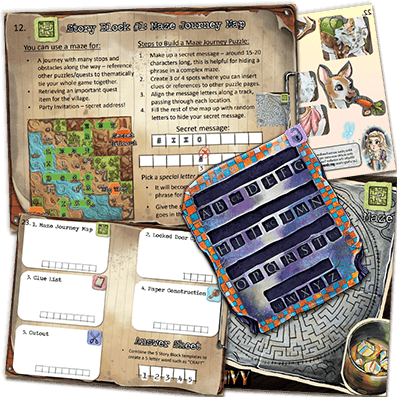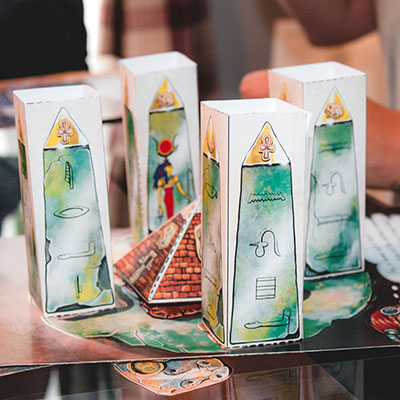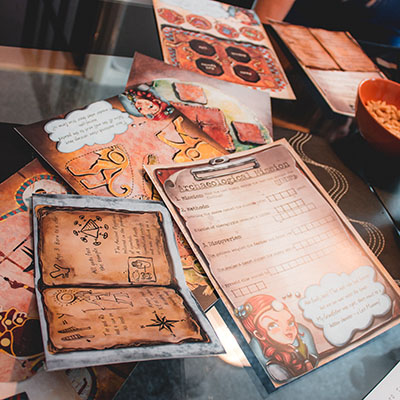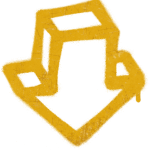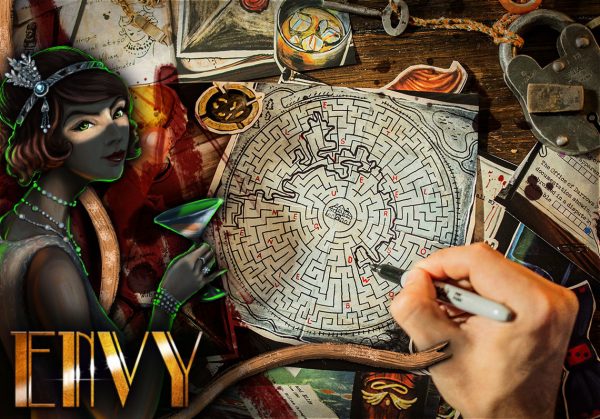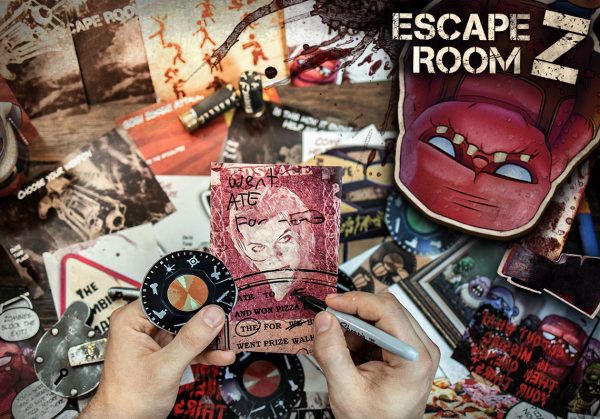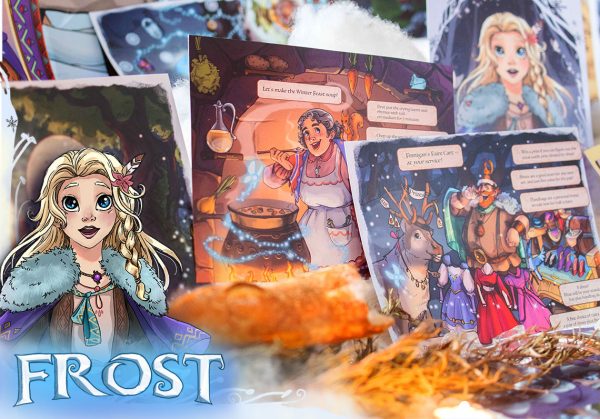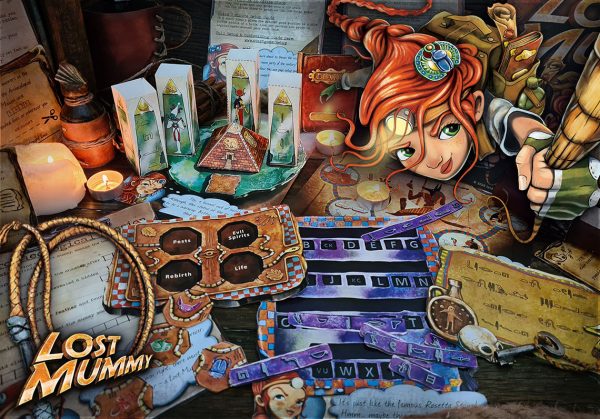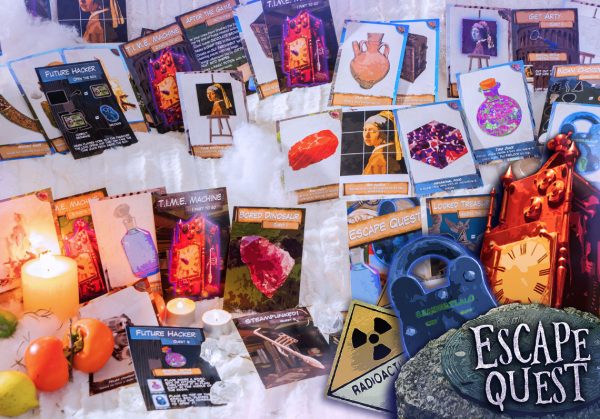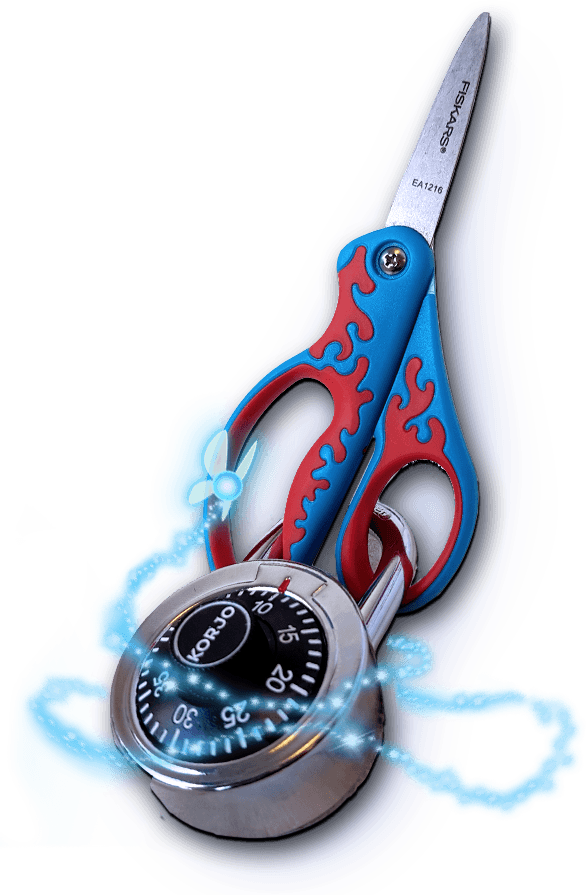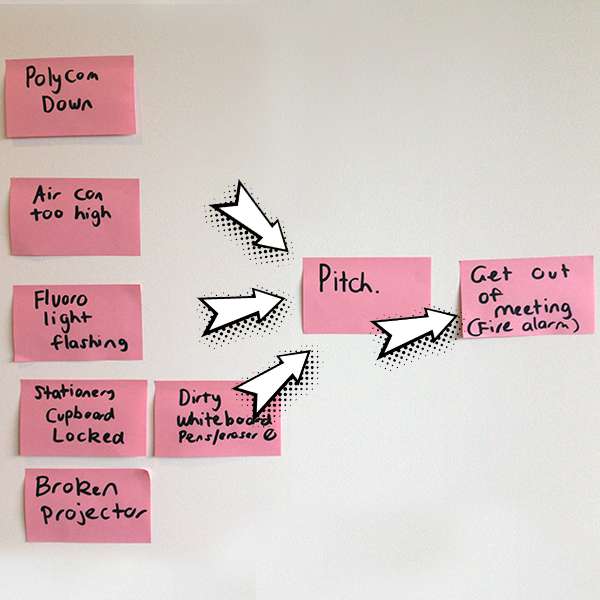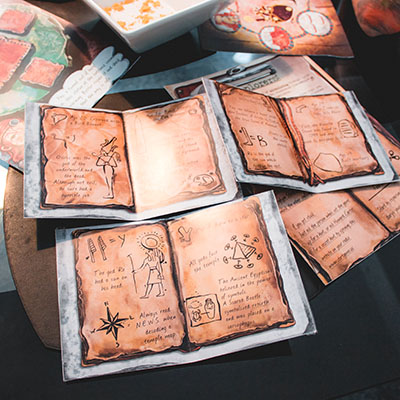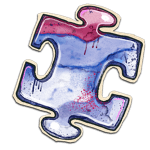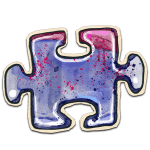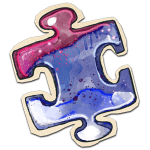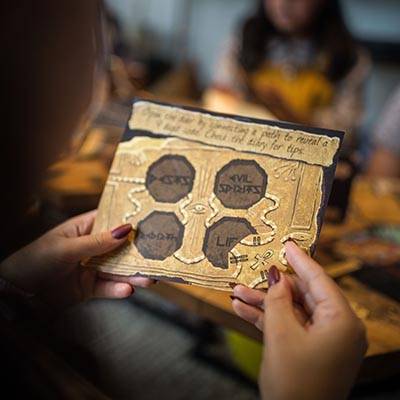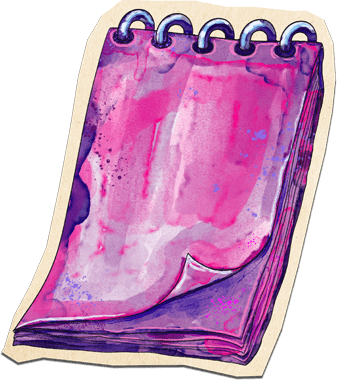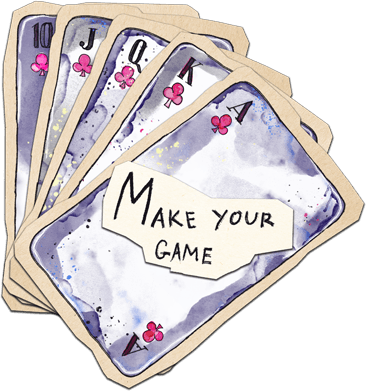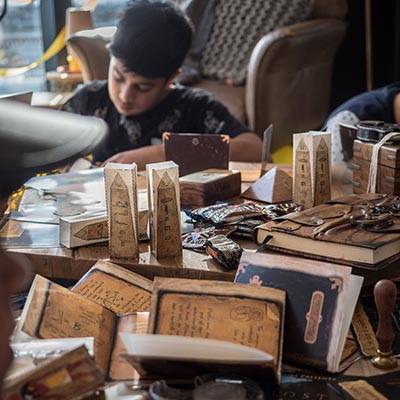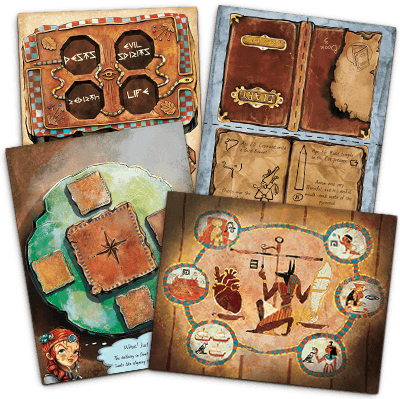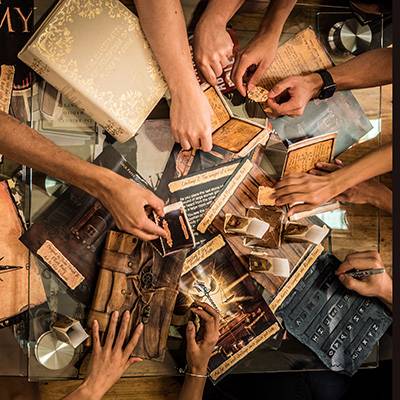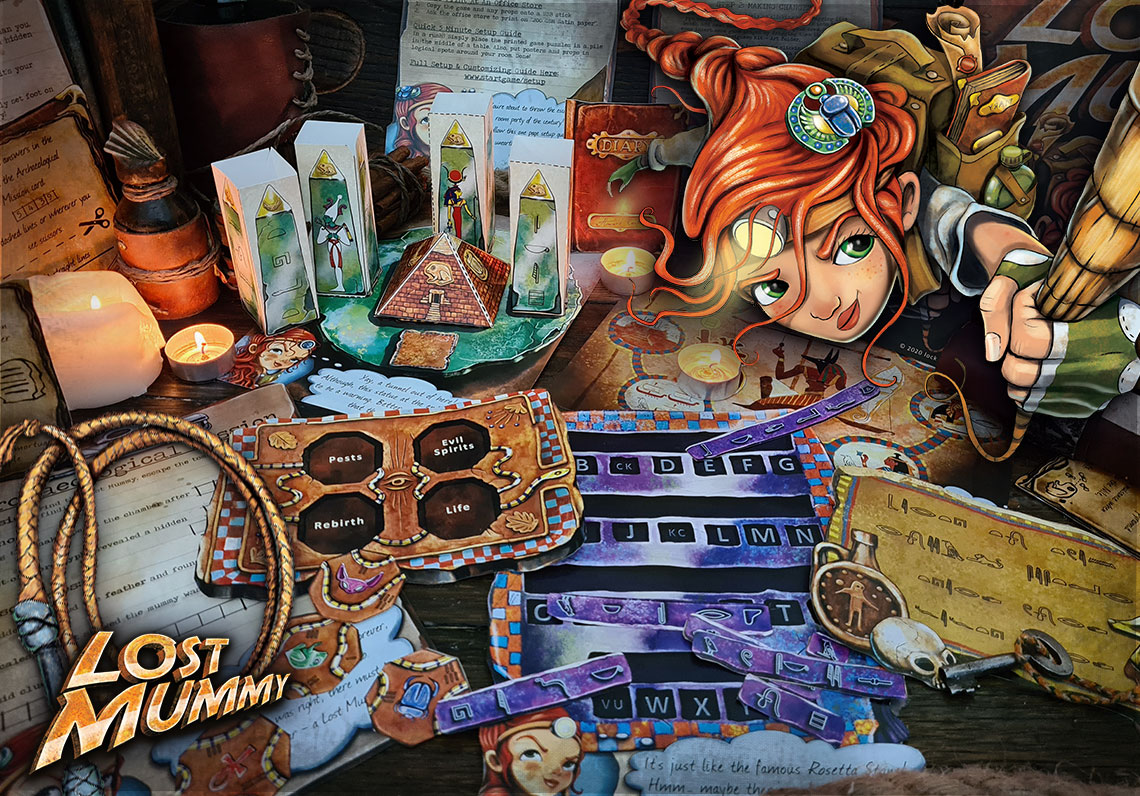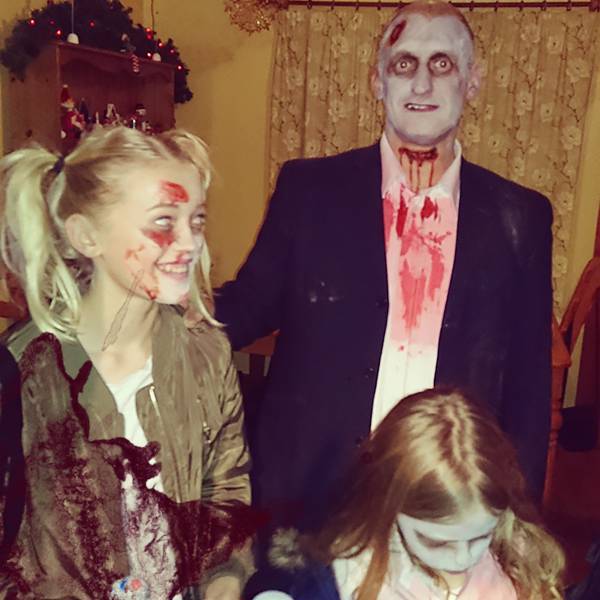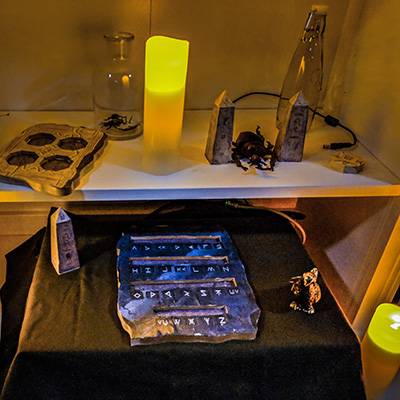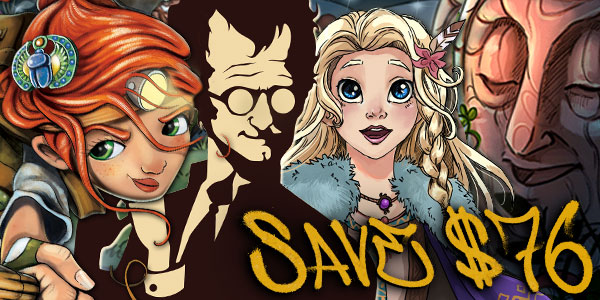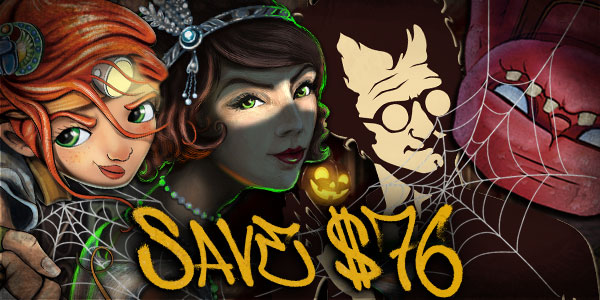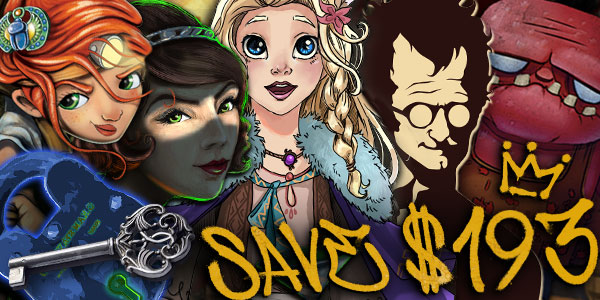Every Hobbit needs a reason to keep adventuring.
Your escape players need a reason to achieve the goal. Something negative that will 'happen' if they don't achieve it.
Obviously, since this horrible thing isn't actually going to happen to anyone in your group, you can be pretty imaginative (and twisted, if that's your thing).
Here are some ideas:
• Fail to repair the time machine? Get trapped in that past with a bunch of dinosaurs like in
our Escape Quest game.
• Fail to find the secret Nazi plans? Live forever in a world in which the fascists won WWII.
• Fail to get Princess Peony back to the Garden of Eternal Happiness before she wilts? Eternal Not-Happiness.
• Fail to defuse the bomb? You'll never know...
You can even add a real-life event like:
• You'll add
extra $$ to the bar tab for each team that completes the escape room at your team building day. So each team wants to succeed to not let their colleagues down.
• Middle school aged kids will need to
drink a 'gross' thick shake made of crisps, M&M's, ketchup, and milk. (Admit it, you were like this once too).
• The losing team at a dinner party
pays for the pizza.So, what's your Doomsday Event?
OUR EXAMPLE
If Eva and her friends can't get out of the tomb they'll become mummies themselves. Gasp!
They'll also have to drink 'mummy juice' from a canopic jar to survive as long as possible. (Well, survive long enough for you to give them a hint anyway).
EN


